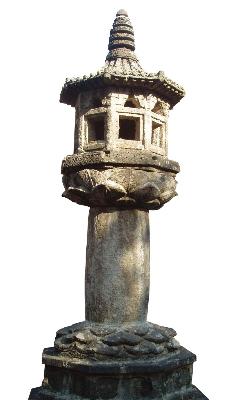- Koguryo and Balhae
- Korea-China History Awareness
Koguryo and Balhae
Table of Contents Open Contents
- History in Dispute
- The Northeast Project: Intent and Contrivance
- China’s Claims and Korea’s Perspective
- The Northeast Project: Impact and Response
- Details of the Northeast Project and its Research Results
- Northeast Project Reference List
Collapse and Revival of Balhae
- ▶ Balhae fell to the Khitan Empire Liao dynasty, and therefore, Balhae is a part of Chinese history.
- ▶ Revival movements continued throughout the old Balhae territory, and the migration of Balhae refugees to Goryeo lasted for 200 years. Furthermore, Goryeo continued the line of succession by accepting Balhae refugees.
Although Inseon Dae, the last king of Balhae, surrendered to the Liao dynasty, the people of Balhae rejected their rule and continued to conduct revival movements. According to historical records, revival efforts by the Balhae refugees continued for decades and include Later Balhae, Jeong-an Kingdom, Heungyo Kingdom, and Greater Balhae. This proves that the Balhae refugees fiercely contested Liao dynasty rule.
The fact that Gwang-hyeon Dae Doopedia , the last Crown Prince of Balhae, led tens of thousands of his people to Goryeo is a testament to how the people of Balhae perceived Goryeo. According to the History of Goryeo, the migration of Balhae refugees to Goryeo continued until the 11th year of Yejong, Goryeo period (1116). A collective migration of tens of thousands of people continued for generations.
Goryeo's treatment of Balhae refugees clearly indicates the successive relationship between Balhae and Goryeo. After the fall of Balhae, Taejo of Goryeo (Wang Geon) referred to Balhae as a kingdom of relatives. He granted Gwang-hyeon Dae the surname Wang (King) and allowed him to conduct commemorative rites for his ancestors. When the Liao dynasty sent delegates to Goryeo, Taejo refused their company on the basis that Liao was responsible for the collapse of Balhae. The infamous Manbu Bridge Incident occurred around this time.
Manbu Bridge Incident

▲ Ondol (heating stones) excavated from castle ruins in KraskinoThese relics show how Koguryo culture was succeeded by Balhae.













